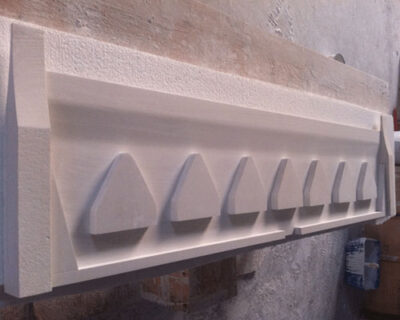The internal structure of the caster tip is very important to stabilize the process and improve the quality of the cast-rolled plate. The requirement of the structure is to ensure consistent speed and uniform temperature at the mouth of the caster tip and nozzle. To this end, a shunt block must be placed inside the caster tip. Generally, the flow of the melt in the ceramic fiber castertip is affected by the relative position, structural size, and number of the shunt blocks; the use of small-size shunt blocks, increase the number of points, and use gradual flow channels can obtain a more uniform liquid. Flow and temperature distribution; but too many or too small shunt blocks make it difficult to control their arrangement in the mouth cavity. In production, the shape and size of the cushion block are corrected with the change of the board width.
Lips should not be too thick, too thick to rub the surface of the roller and scratch the surface of the roller and the plate; the lips should not be too thin, too thin and easy to damage. It is necessary to consider its relationship with the flow channel to ensure that the metal flow channel is wide enough to ensure the unobstructed flow of the liquid.
To determine the lip size, it must be organically combined with the casting area, alloy, plate thickness, and runner size.
Because the solidified metal will have a certain width after rolling, depending on the material and alloy composition of the edge ears, the total length of the processed mouth fan should be 5-20mm smaller than the required plate width.

The cutting of the mouth fan can be done with a saw or a circular saw. The requirements are:
1) All sides of the mouth fan are completely orthogonal
2) There should be no scratches or defects on all sides of the mouth fan
3) The coordination between the mouth fans should be tight.

